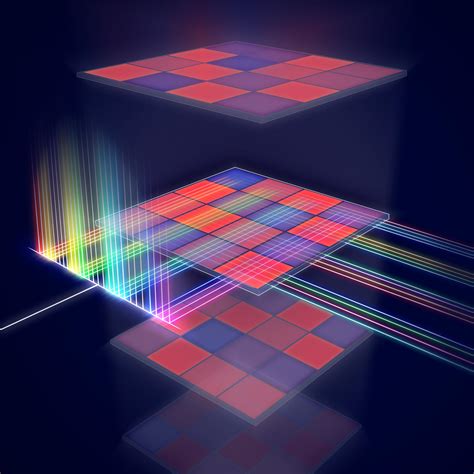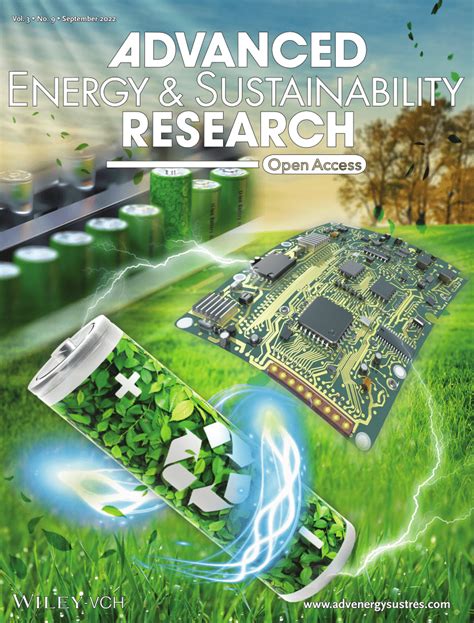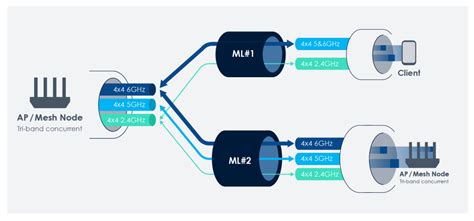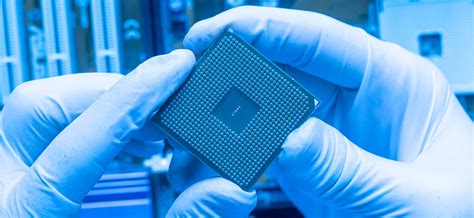In the rapidly evolving landscape of artificial intelligence (AI), the demand for faster, more efficient computing solutions has never been greater. Traditional silicon-based processors, while powerful, are reaching their physical limits in terms of speed and energy efficiency. Enter optical computing, a revolutionary technology that leverages light-based processors to handle the intense computational requirements of AI workloads.
**The Promise of Optical Computing**

Optical computing is an emerging field that utilizes light to process information, as opposed to the traditional electrical signals used in today’s computers. This technology promises to significantly enhance the performance of AI systems by overcoming the limitations of electronic circuits.
One of the key advantages of optical computing is its potential for high-speed data processing. Light travels at approximately 299,792 kilometers per second in a vacuum, which is much faster than the electrical signals in conventional processors. This speed advantage can lead to faster training and inference times for AI models, enabling real-time applications and more efficient data processing.
**Light-Based Processors**
At the heart of optical computing are light-based processors. These processors use optical components, such as waveguides, lenses, and photonic crystals, to manipulate light in ways that mimic the operations of electronic circuits. Here are some of the key components and technologies involved:
1. **Photonic Integrated Circuits (PICs)**: These are miniaturized optical circuits that integrate multiple optical components onto a single chip. PICs can perform complex operations, such as multiplexing, demultiplexing, and switching, using light.
2. **Optical Interconnects**: These interconnects use light to transfer data between different parts of a computer system. They can replace traditional copper wires, which are limited by their electrical resistance and capacitance.
3. **Optical Modulators**: These devices convert electrical signals into light for transmission. They are crucial for interfacing between electronic and optical components.
4. **Optical Switches**: These switches control the flow of light, allowing for dynamic routing of data within a system.
**Applications in AI Workloads**
The potential of light-based processors in AI workloads is immense. Here are some of the applications where optical computing could make a significant impact:
1. **Deep Learning**: The training of deep learning models requires massive amounts of data processing. Optical computing can significantly reduce the time required for training, making it feasible to train larger models or perform more complex tasks.
2. **Neural Networks**: By mimicking the structure of biological neural networks, optical computing can potentially provide more efficient and accurate processing of neural network computations.
3. **Machine Vision**: In applications such as autonomous vehicles and surveillance systems, the ability to process visual data at high speeds is crucial. Optical computing can provide the necessary speed and efficiency for these tasks.
4. **Edge Computing**: As AI applications become more distributed, the need for efficient computing at the edge (close to the data source) becomes paramount. Optical computing can enable faster processing and lower latency, which is essential for real-time applications.
**Challenges and Future Outlook**
While the potential of optical computing is promising, there are several challenges that need to be addressed. These include the development of robust and scalable optical components, the integration of optical computing with existing electronic systems, and the optimization of algorithms for light-based processors.
Despite these challenges, the field of optical computing is advancing rapidly. As researchers continue to overcome these hurdles, we can expect to see an increasing number of AI workloads benefitting from the speed and efficiency of light-based processors. The future of AI may very well be illuminated by the light of optical computing.



